In the world of 3D scanning, precision and accuracy are paramount. We’ve put our latest scanner, Moose, to the test against Mole, using common scanning objects for comparison. Each object was scanned only once, without any editing, and the same point cloud fusion parameters were used across the board.
Athletic Shoes: A Test of Resolution
Shoes are common scanning objects, but complex fabrics and dark-colored shoes challenge the point cloud algorithm and scanner resolution.
-The red parts are black areas. Mole struggles to scan these areas and often produces noise after scanning. Moose, on the other hand, can accurately scan the black parts, resulting in a very clean point cloud.
 |
|

Metal Parts: A Test of Accuracy and Scanning Range
Parts are precision scanning objects that test the scanner’s accuracy and scanning range.


 |
 |
Human Hand: A Test of Tracking Ability and Point Cloud Fusion Algorithm

-Moose’s 0.07mm resolution can make the wrinkles at the finger joints clearly visible.




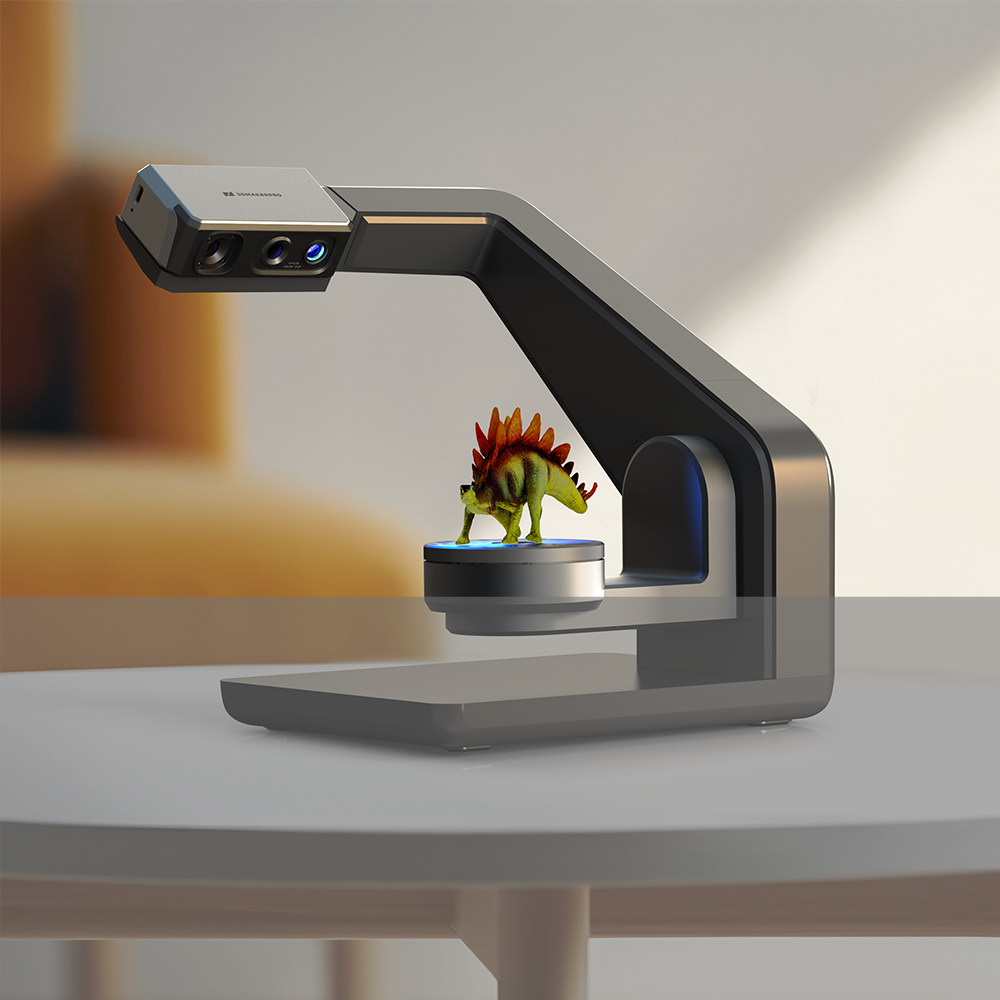
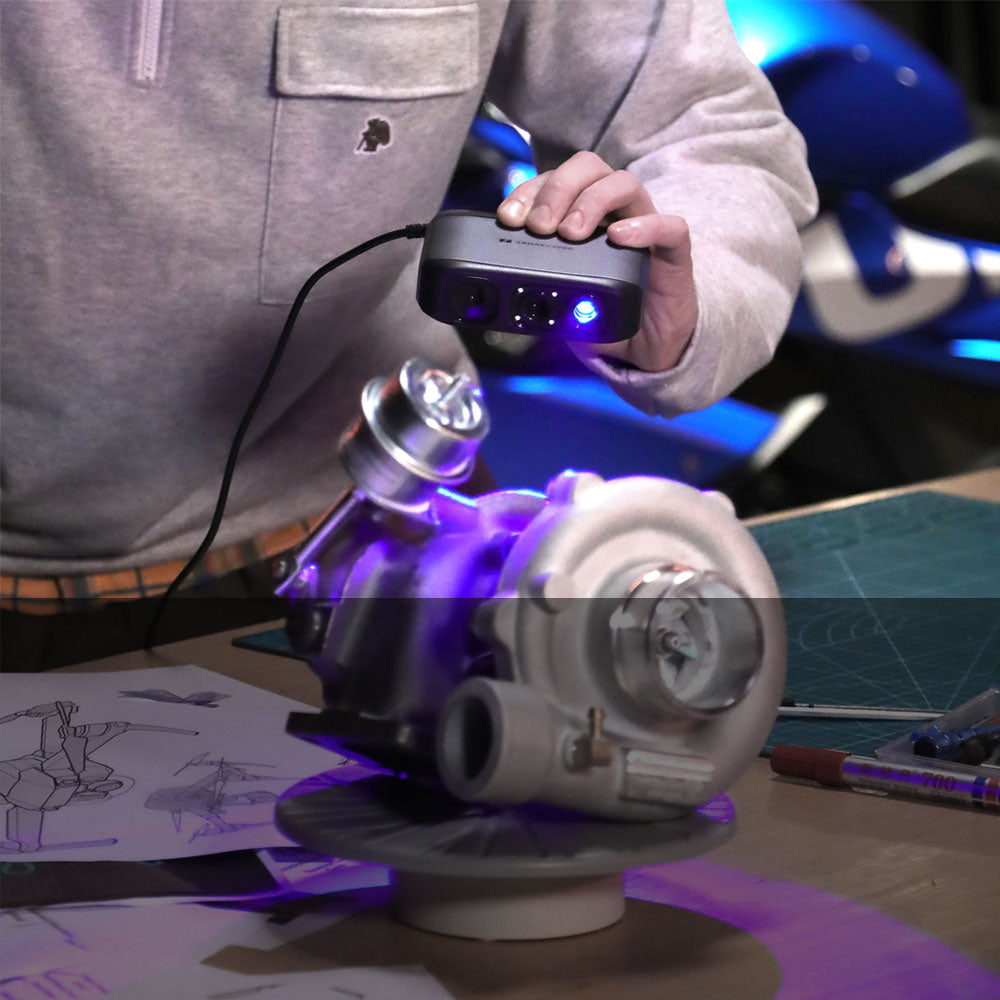

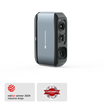

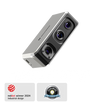


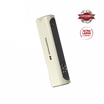

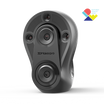
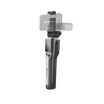

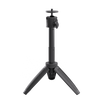
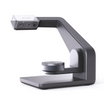
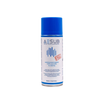



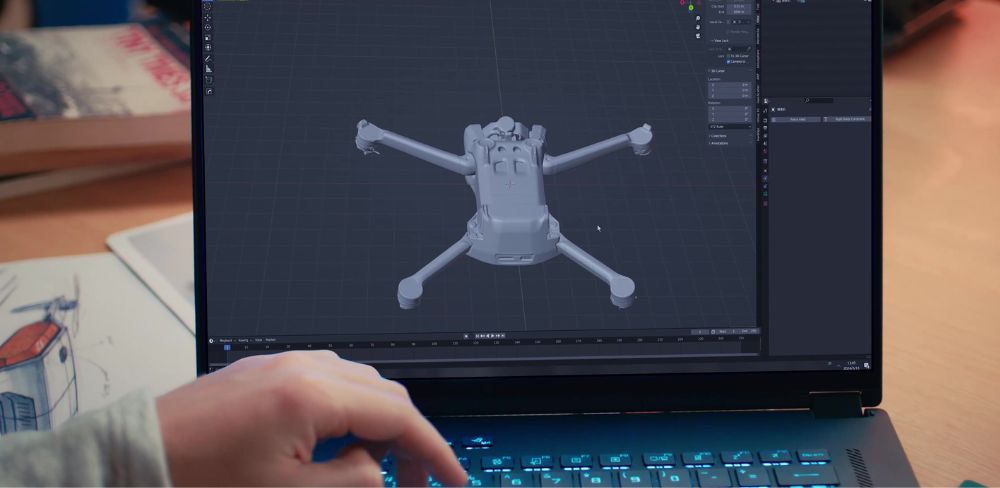
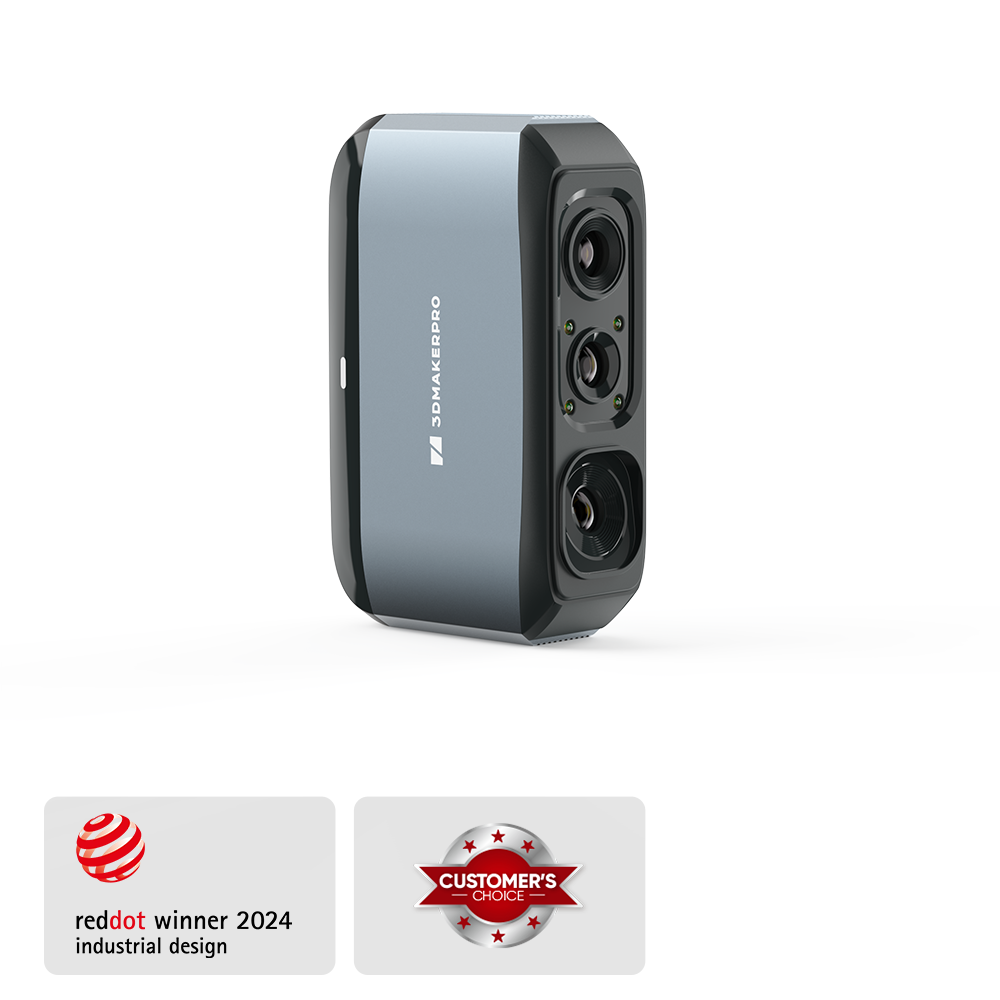
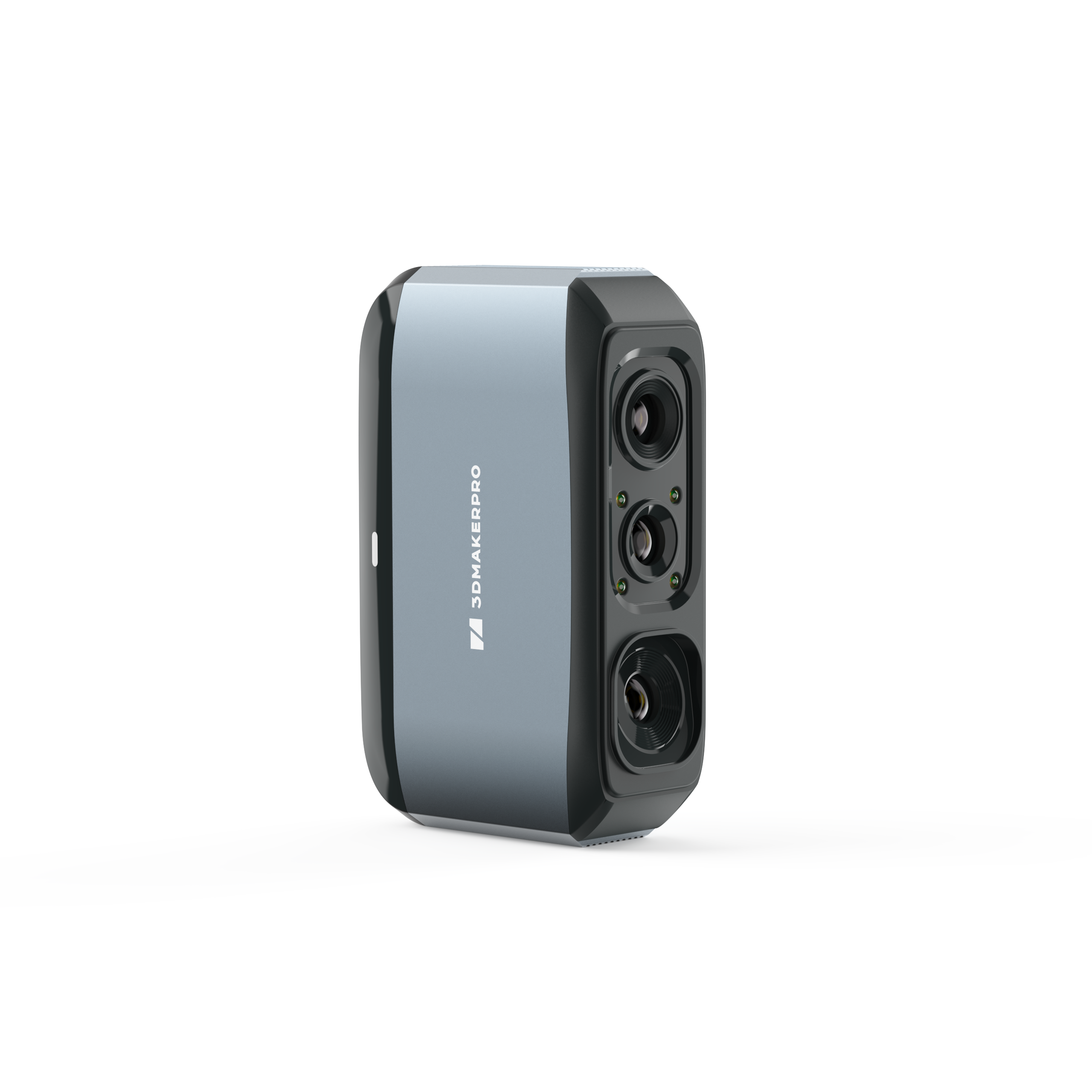
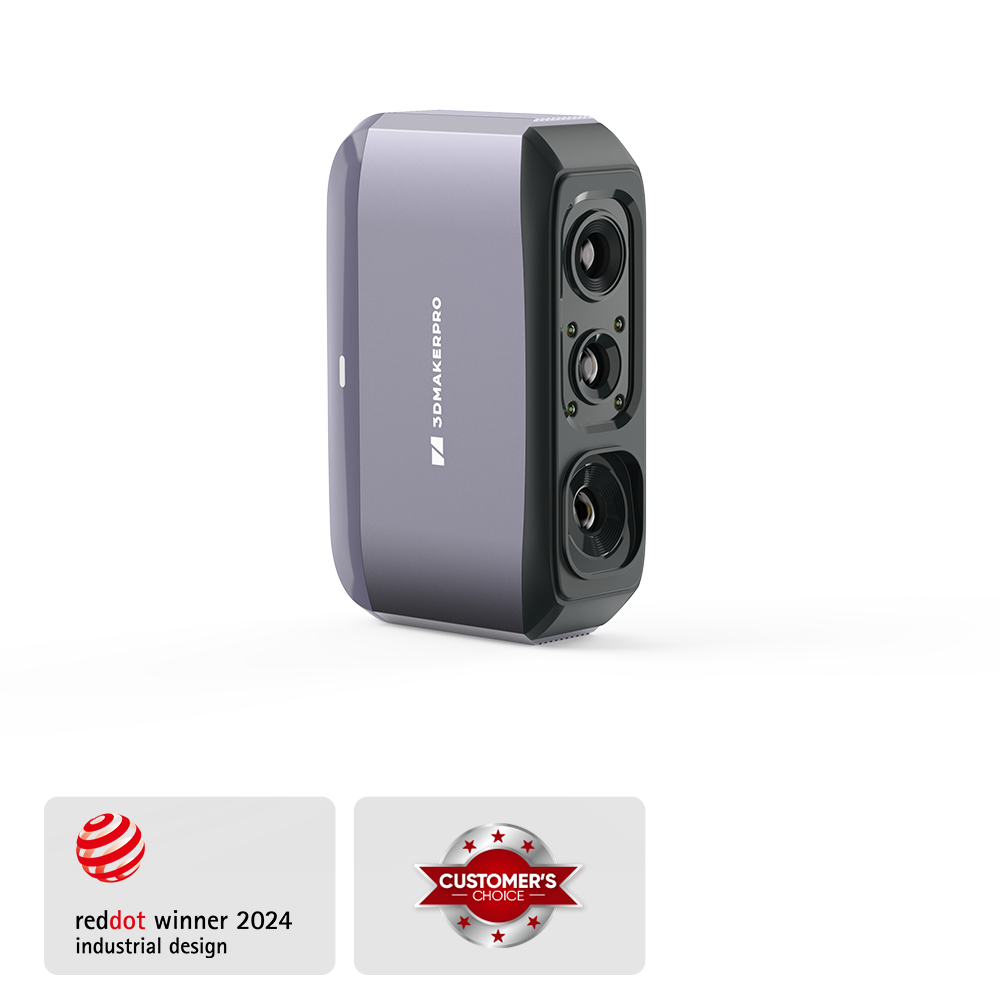
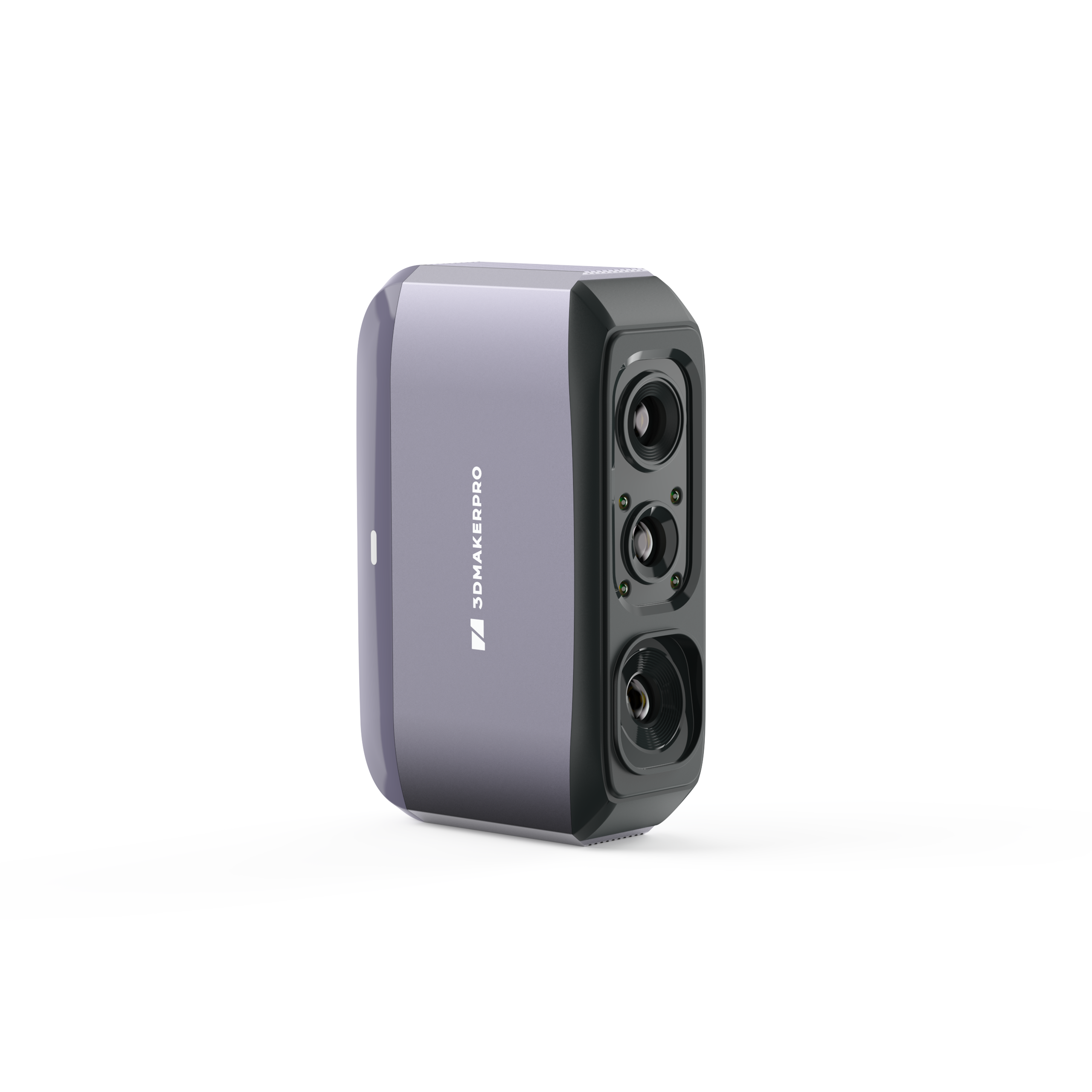
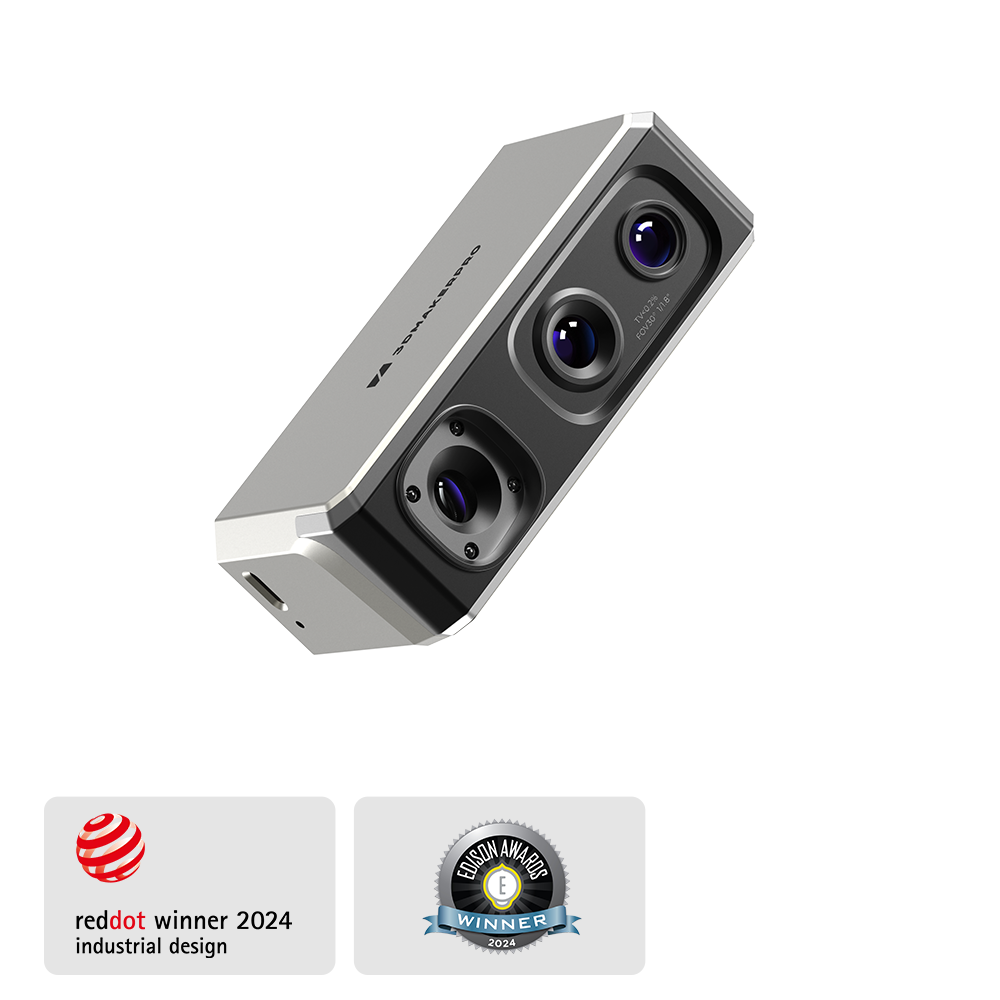
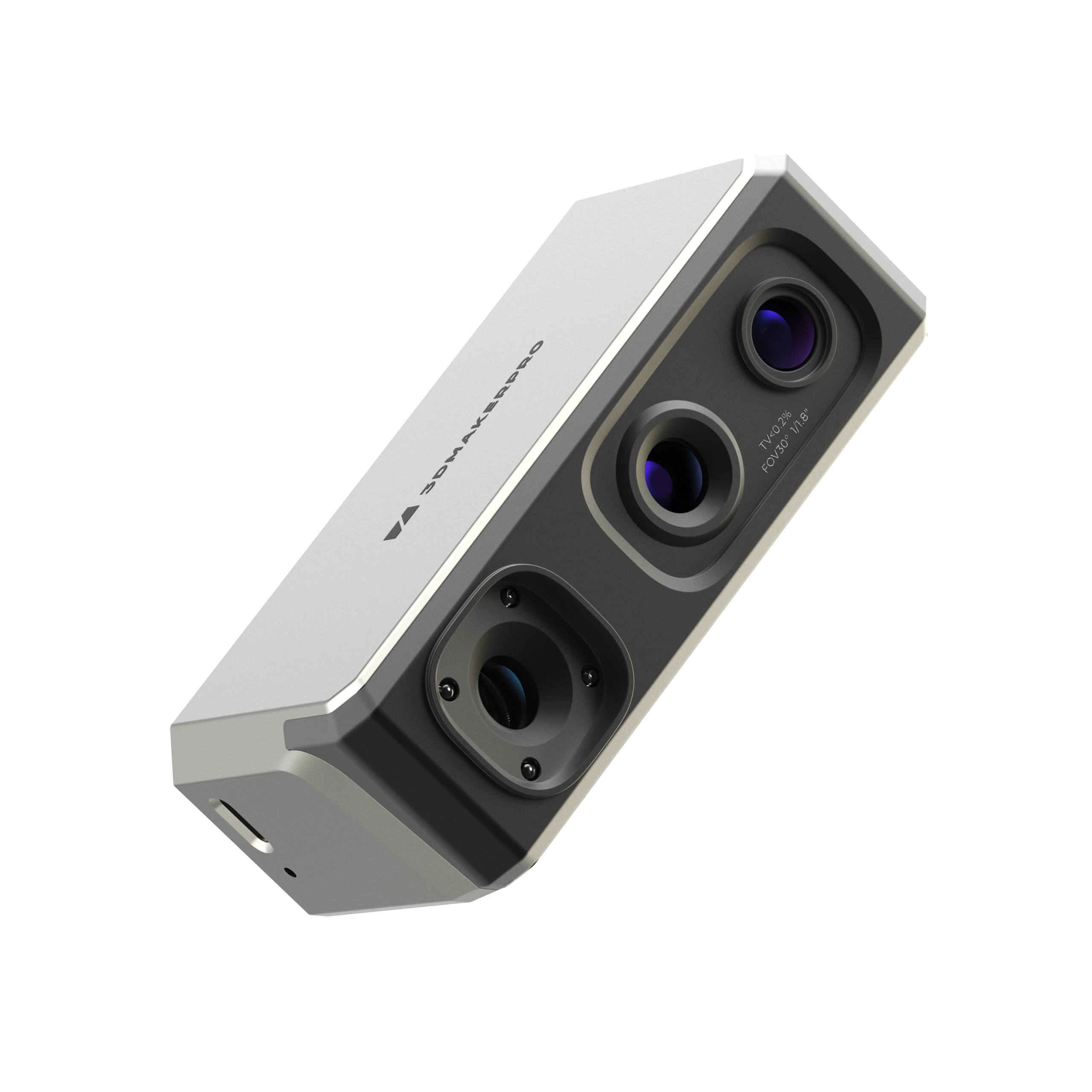
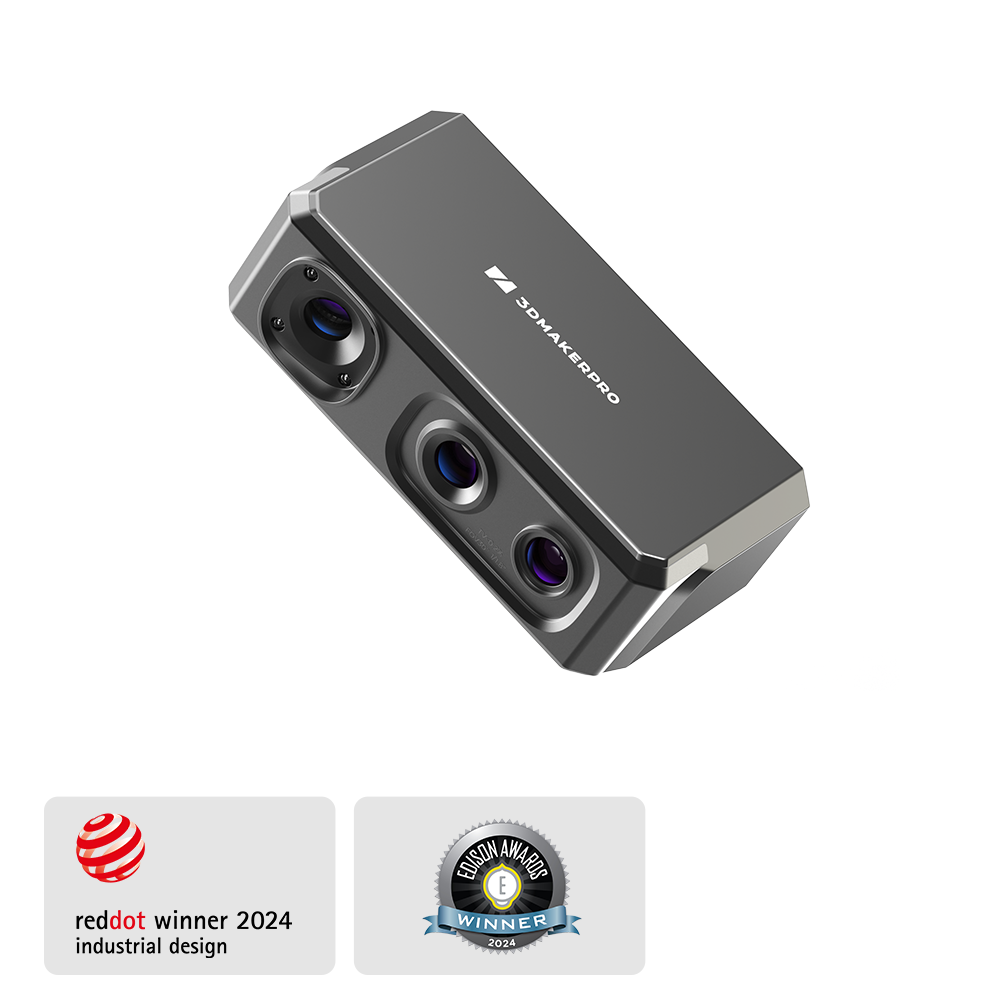
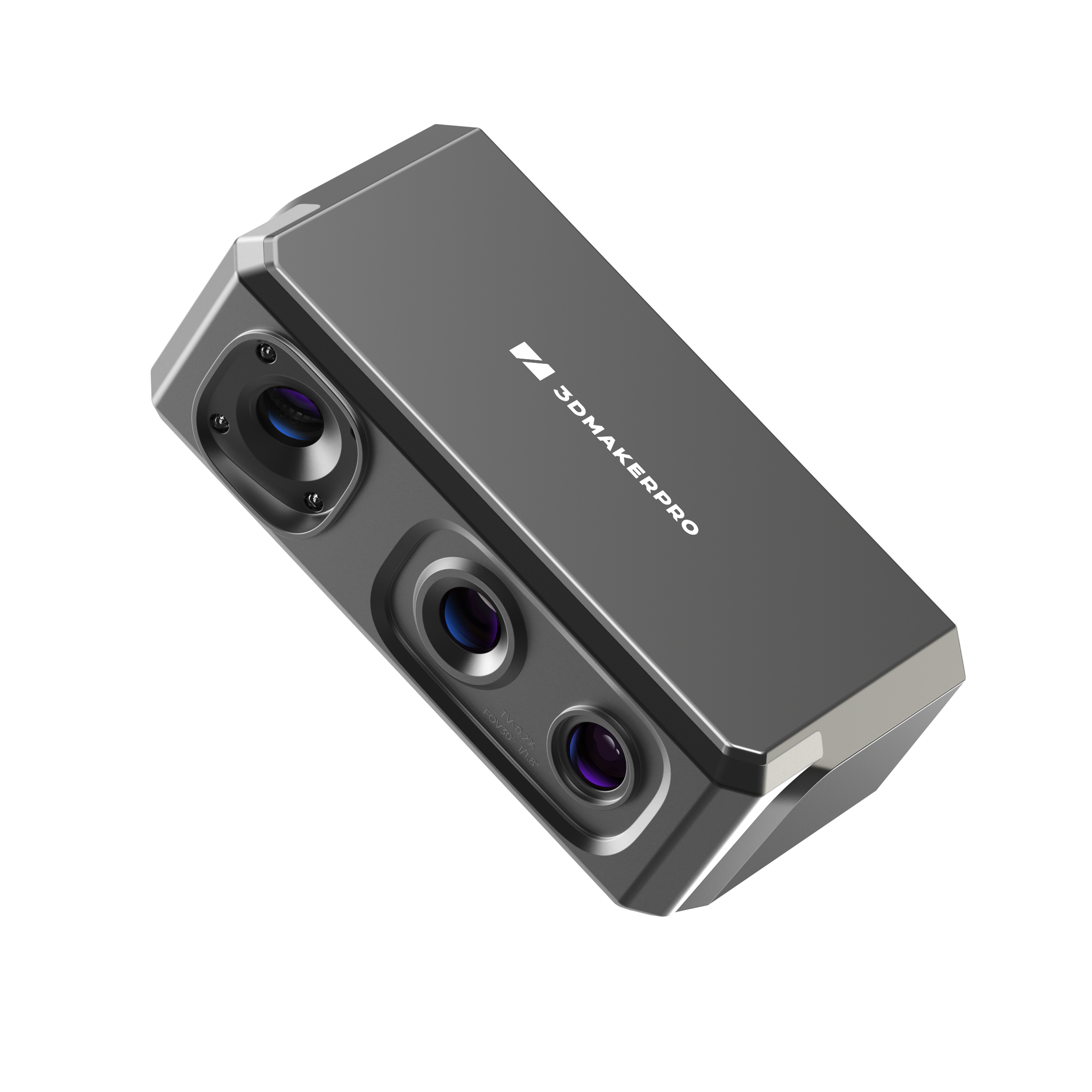
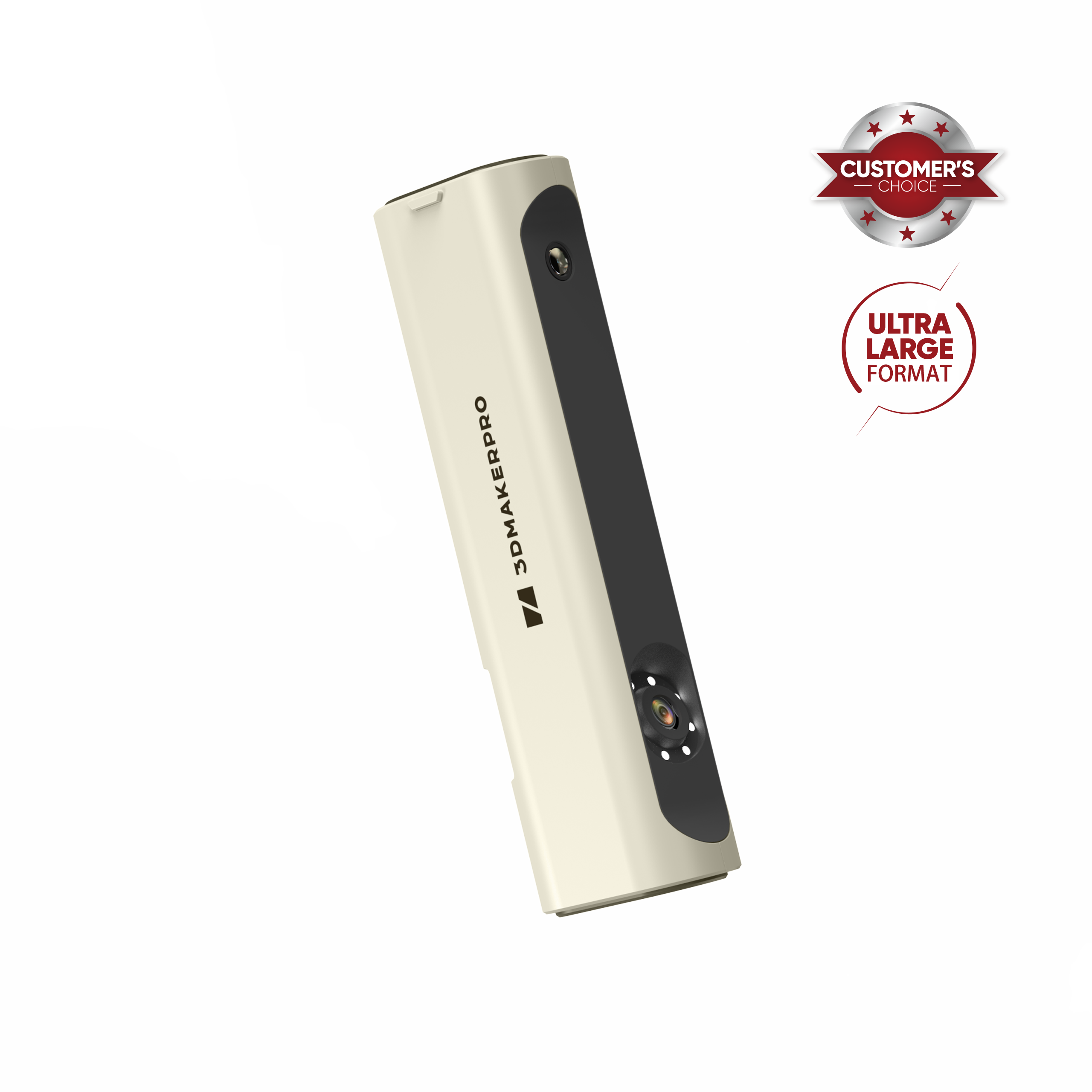
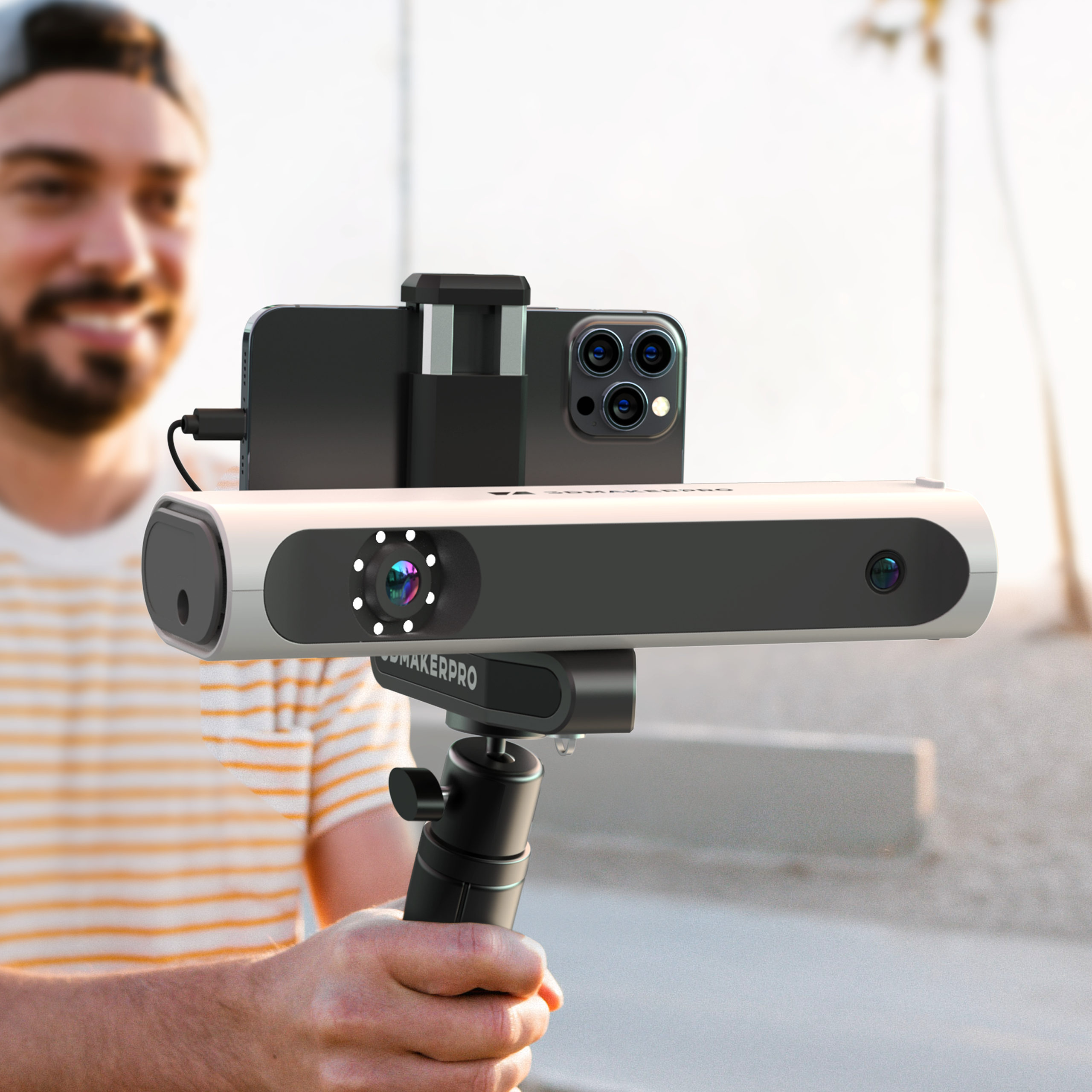
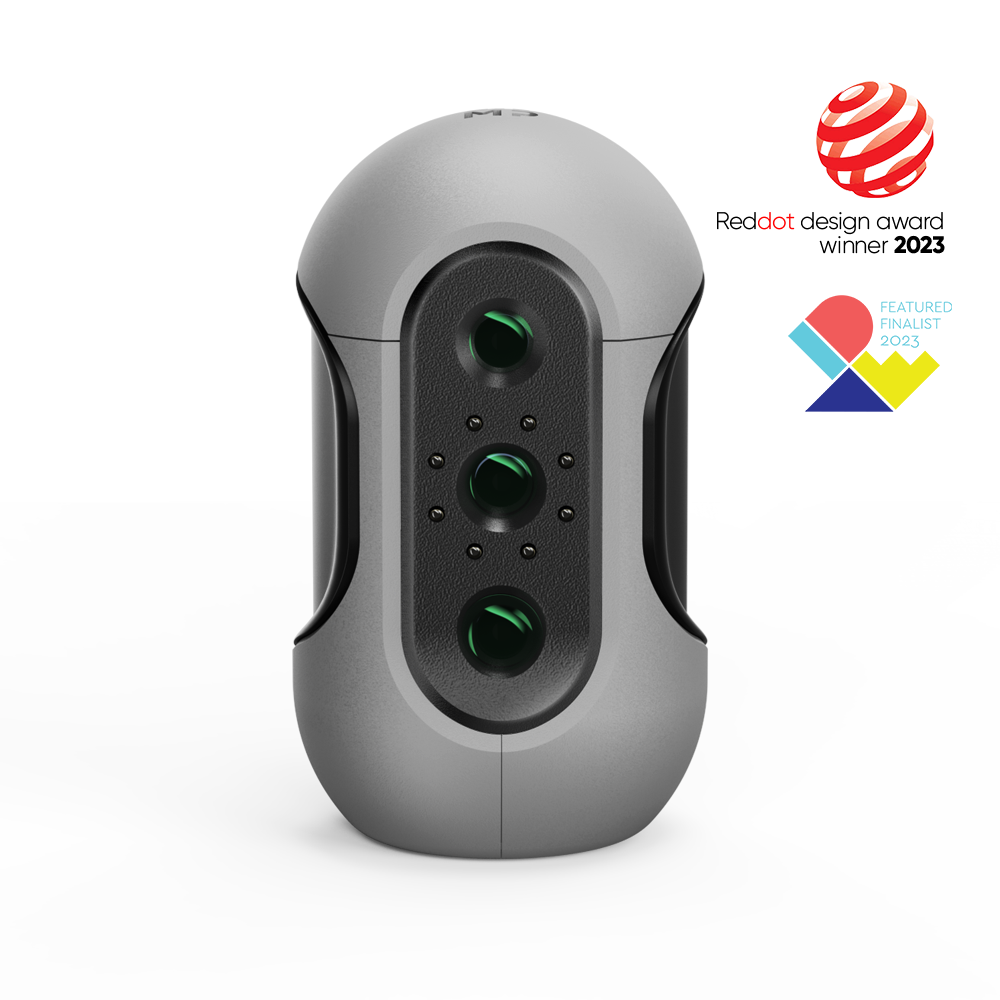
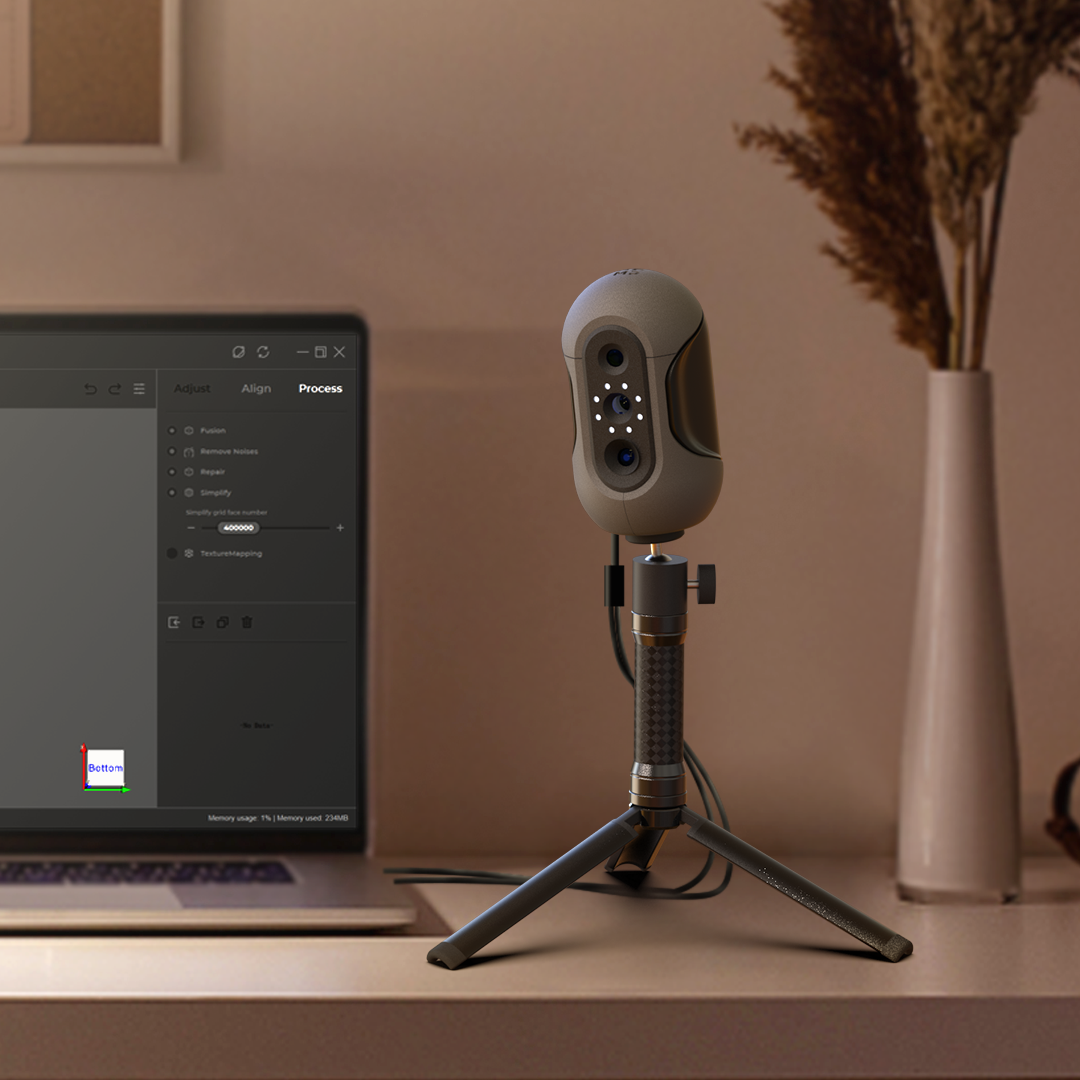




Laat een reactie achter
Alle reacties worden gemodereerd voordat ze worden gepubliceerd.
Deze site wordt beschermd door recaptcha en het privacybeleid en de servicevoorwaarden van Google zijn van toepassing.